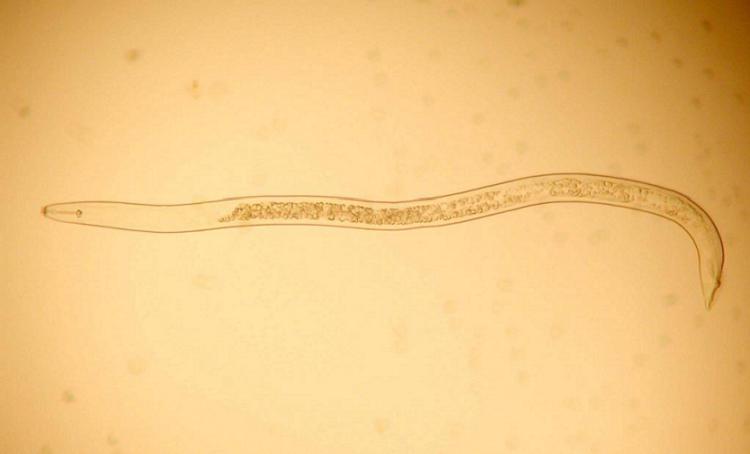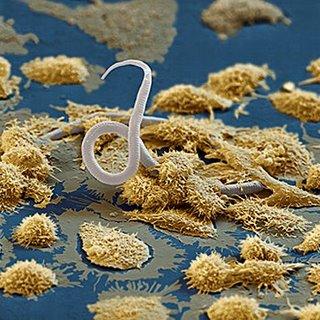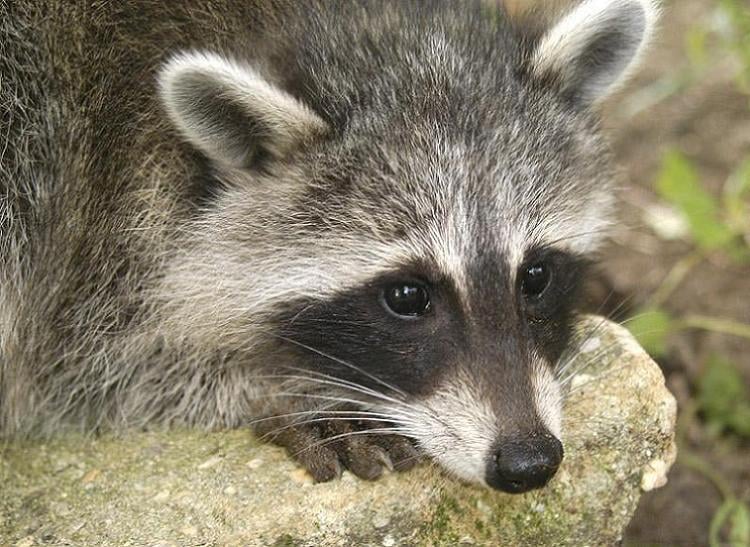Weird Parasites: Ascarid Worms Were Sent To Earth By Malevolent Aliens

Source: Flickr
The preceding entries were really just a way of softening you up for the real monsters. Probably no other group of parasites has worked up a bag of tricks to match the ascarid branch of the nematode family of worms.

Seen here fighting your white blood cells. Source: Flickr
Some ascarid worms live in such close association with their primary hosts that they could almost be regarded as symbionts. Such is the case with Bayliscaris, one species that can be thought of as a biological weapon raccoons deploy against their prey.
The parasite doesn’t reveal any symptoms in the raccoon, but when it gets into birds, rodents, and even humans, the worm makes straight for the brain and cripples the secondary host. Once the bird drops to the ground with fatal seizures, along comes a raccoon to put it out of its misery, ingest the mature parasite, and start the cycle over.

Source: Flickr
Other ascarids are less helpful. The Ascaris ascari worm infects pigs and humans via contact with food or water that’s been contaminated with fecal matter. Once in the gut, the worms “migrate” by chewing their way from the intestines to the lungs.
This causes ascaris pneumonia which, for a lucky few, can be fatal. For the rest, it just damages the lungs enough to cause a cough that will never go away. It does this so that its host—you and the pigs, remember—will cough up phlegm with the worms inside. Most of the time, the host spits this out onto the ground, where it dries and kills the worms.
Once in a while, however, the unwitting host will swallow a bit of the infected phlegm and admit the now-mature worms to the stomach, which you’ll recognize as the place where they started out. Why the worms go to all this trouble to get back into the stomach they just left is anyone’s guess, but the worms are prone to migrating anyway. Here’s what they do when you go under general anesthesia and trick them into thinking you’re dying:

Source: Flickr
Did I forget to mention that perhaps one in four humans are infected with ascaris? Well, the more you know, and all that.





